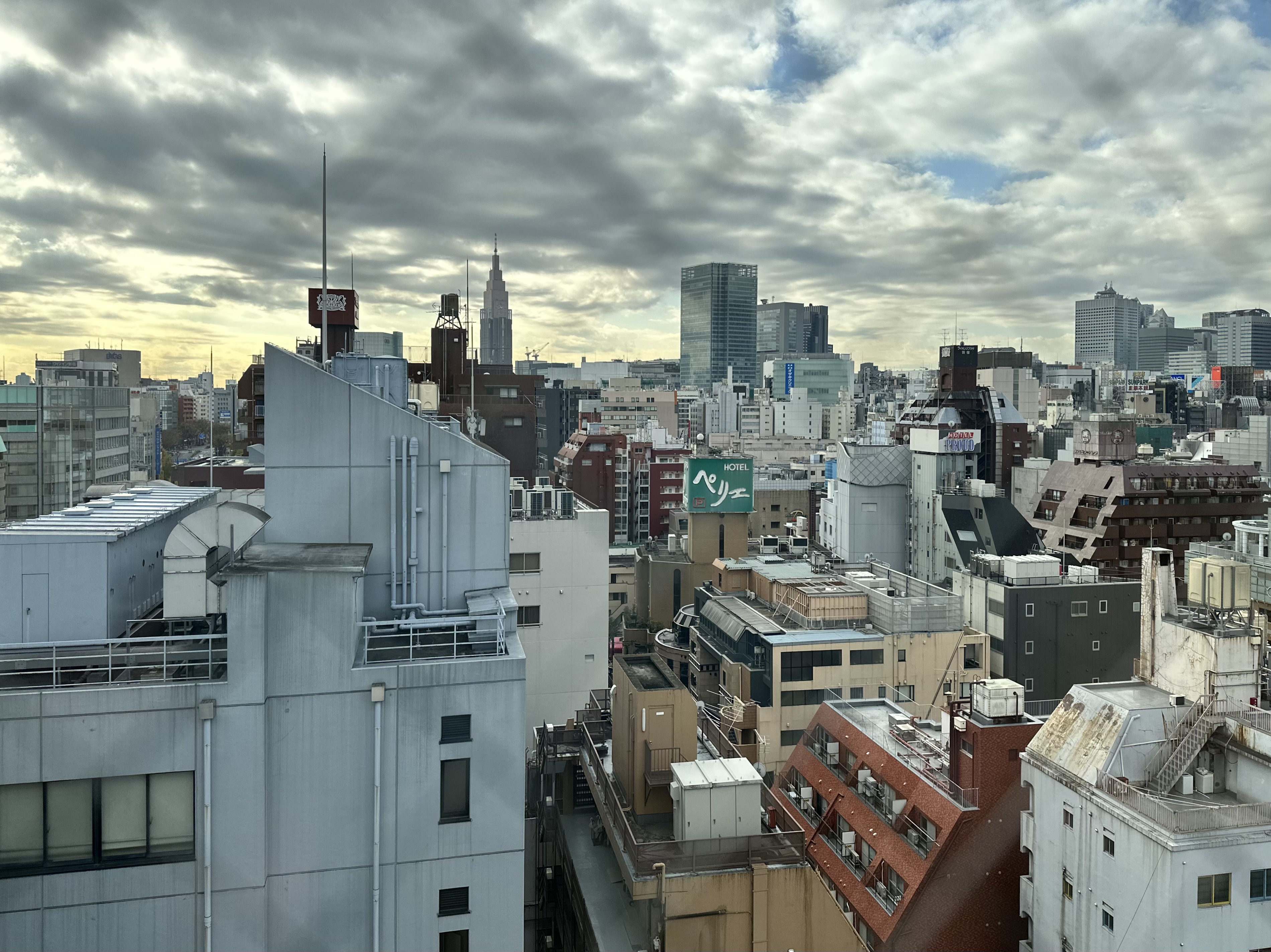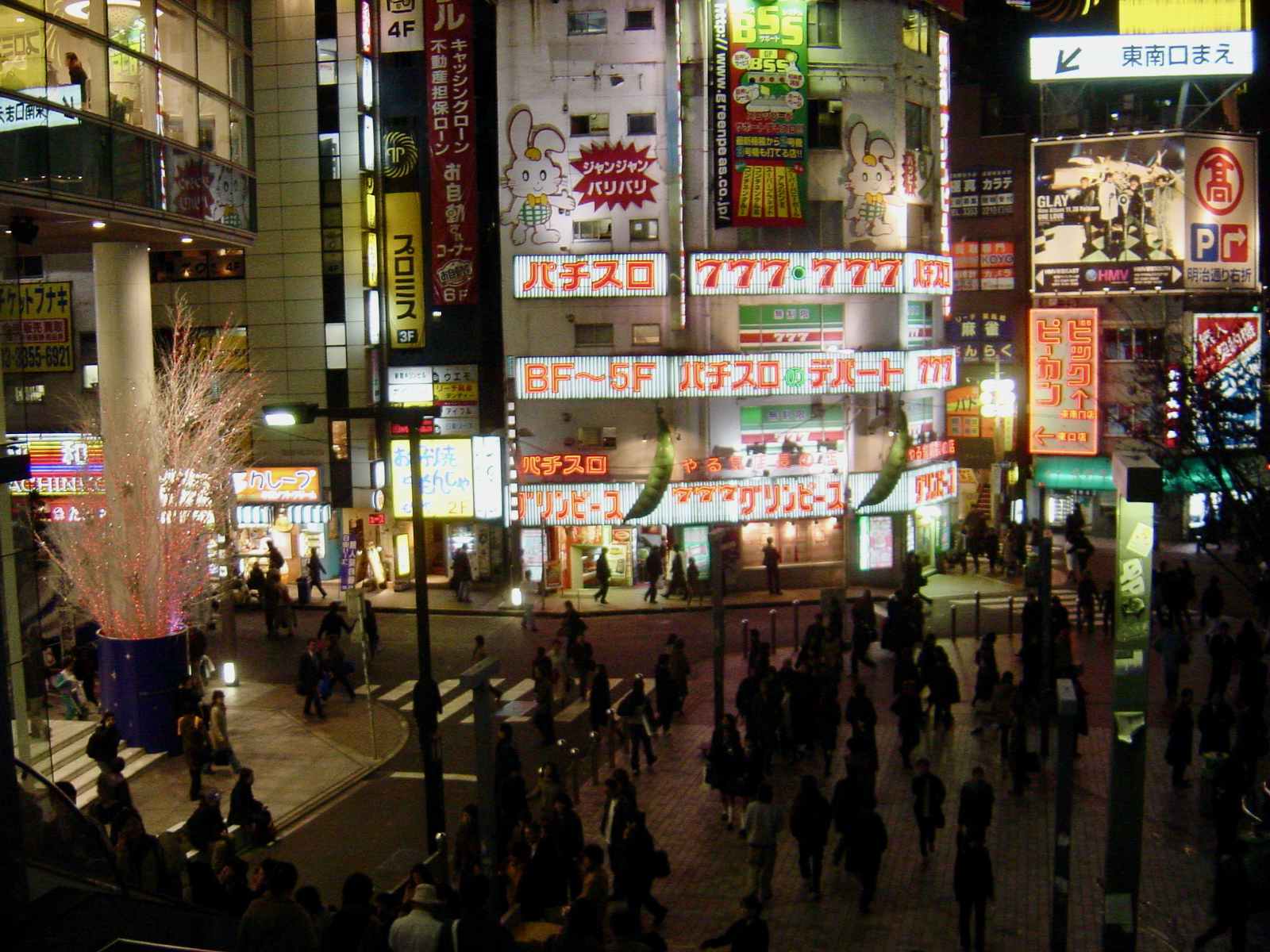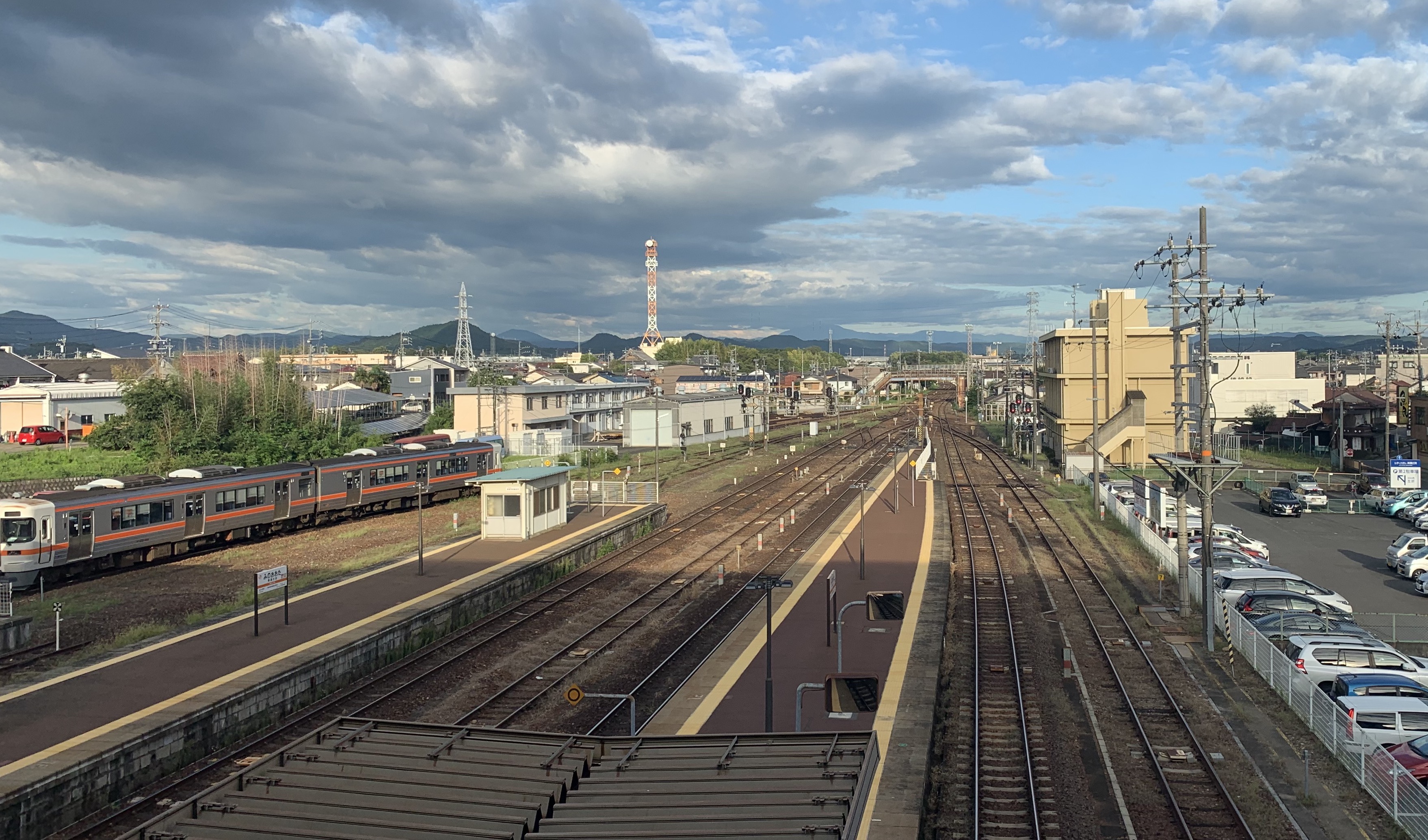For the first time in the United States we have the life we had in Asia. At great but worthwhile expense, we live downtown near the train. In San Francisco this means the Mission, and this means Bart.
Three years ago we lived in a studio in the Sunset, half a block from the N-Judah, a Muni above-ground train line. The studio was wonderful. Giant west-facing windows made for perfect light, and the neighborhood was comfortingly Asian. Rent was reasonable, even with parking, albeit double what we’d paid for a 1 bedroom in Houston scant months before. As for the train, well, proximity was often its best feature. Locals refer to the N jokingly, if at all, and avoid any reliance on it’s twisting route, which is often blocked by cars at 9th and Irving and delayed at the Duboce and Church switch to underground operation. We used it first frequently and then less so, moving to bicycle or car instead.
For years though we regretted leaving that studio, at least on Sundays. Our one bedroom in the Richmond faced east, and so lost the light early in the day. Coupled with the Cigarettes Cheaper crowd next door and the Walgreens loading bay across the street that apartment became exactly what we’d hoped to avoid: a large house with poor light, loud neighbors, and a two-car commute. Looking back now, only months removed, it seems impossible to imagine. Yet for three years we both drove an hour plus each way out of San Francisco. One north, one south, far enough to make most moves impossible for one commute or the other.
And so from the Richmond we took the bus downtown, and walked Fillmore in the night. We went to shows and to bars, but not as many. We took more cabs, and drove more often to friends’ houses.
Our move to the Richmond was built on two desires. Most importantly, a cat, which our Sunset landlord would not allow. Secondly, to have a spare room for guests, even though several had braved our studio, slept on couch or kitchen floor. The living room was useful, and allowed us to easily welcome guests from all over the world. That apartment gave us Mr. Squish, fulfilling our exact request for a cat.
As I write these words he is sprawled on the couch across from me, content in his new home, only the second he has known. He is happier, though that could be the Karlstad sofa he is lounging on, a wedding present to ourselves in a blue that matches our new house. Moving with a cat has long been a dream of ours. Taking him on our adventures, if not yet rock climbing, and watching him explore new spaces are some of our favorite moments.
Why is this apartment so much more welcoming than our old one?
The answers are easy: light, size, and location.
In three months we’ve had friends come for dinner, colleagues bring lunch, and visitors crash on that couch. We’ve walked home from baseball games and taken the train to the airport. We’ve taken the train to brunch at friends’ houses in the East Bay and to work, novelties both. In the last week neither of us drove to work for two days in a row, the first time that has happened since we moved to San Francisco.
Why is this such a change, why did we ever forgo it, and how did we know we wanted it? These questions repeat themselves to me on my walks to Bart, on my train rides home.
This is such a change because we’ve each gained at a minimum two hours of mental time each day. Four hours multiplied by five days is twenty hours a week we gained as a couple with the move. Twenty hours a week, minimum, of additional thinking, reading, and working is time almost impossible to value. Another half a work week. Another two and a half days of paid working hours. Yes, rents are higher in the Mission. Yes, getting rid of one car helped keep our expenses within a similar range. But clearly, at twenty plus hours, we were undervaluing our time, undervaluing each other.
We gave up those hours initially because we had to. We’d gotten an apartment in the Sunset as the cheapest place we could find in San Francisco proper, and a good place to start our life here from. It was. We then got jobs out of the city, in opposite directions. They were good opportunities, and so we put up with the cost in cars and miles, knowing it would not be forever. When we moved to the Richmond, we shortened my commute at Tara’s expense. We balanced traffic and distance and the desire for a cat as best we could. And still we knew it would not be forever.
How did we know what we wanted? How did we know we’d be happier in a smaller apartment within walking distance of a train line, with only one car, in a more urban environment?
Shanghai.
We have lived in dense urban environments, ridden the subway or an electric scooter to work or to school, and commuted in the dense throngs of people rare for most Americans. We have lived in those environments and thrived. We have become comfortable with the benefits of dense living, of good transportation, and of shared public space rather than large private residences.
In America these lessons are difficult to learn. Apartments in dense areas with good public transit are expensive and restricted to a handful of cities. In many, like San Francisco, they are restricted to select neighborhoods in those cities. In Shanghai, in Tokyo, in Hong Kong, these lessons are simply life. They are learned on the train to grade school and in the tiny urban apartments of university. Density is not an option but the ground rule, public transportation not a luxury but the base layer of the urban environment.
We are lucky, in San Francisco, to live downtown near the train. In Shanghai it was the only place we could live, there was no other option. In Japan before that I lived in Saitama, outside of Tokyo proper, and yet on a line that ran directly into Ikebukuro, Shinjuku, Shibuya. Out of the city and yet of the city in a way rare for Americans. Able to work and shop in the global megacity and still go for a run in the mornings along the Arakawa river.
In San Francisco, in the Mission, guests from out of town drop in for single night and leave early in the morning for meetings in the Financial District, or to tour the Embarcadero. What was once an hour away by bus is ten minutes by Bart. Waiting twenty minutes or more for the N has been replaced by taking any train out of dozens on a workday morning. We often do not drive for an entire weekend, and soon for an entire work week.
Yet in many ways this feels like avoiding the problems. The N still goes 30 minutes between trains on the weekends. The Richmond is still 40 minutes from Powell by bus, an hour twenty or more from the East Bay without free transfer. That we no longer care is a symptom of the problem, and a reason public transit remains a fractured experience. In Shanghai all the trains are run as one unit. In Japan a variety of companies with huge networks work together on train time tables and station infrastructure. In San Francisco there are only three stops on Bart in residential neighborhoods.
Yet
I no longer complain about transit in San Francisco, instead promoting Bart to arriving guests. Limited, yes, but effective, and valuable, as was my line in Saitama. These visits and easier commutes, then, are the benefits of living here. And in many ways we are at last at home in San Francisco in a way we have not felt before.


